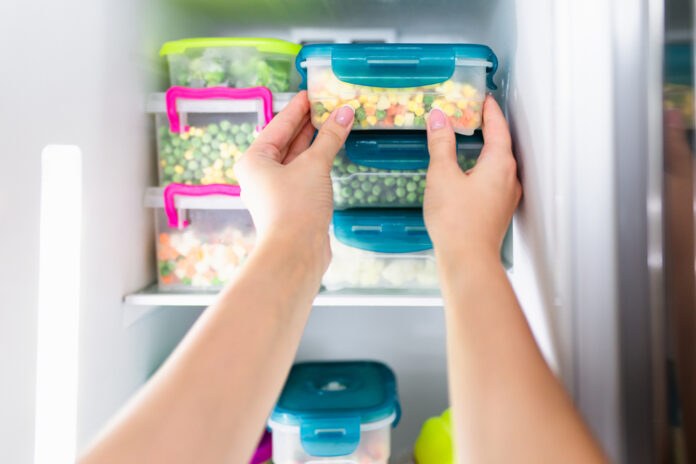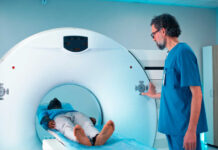
There are many ways to avoid foodborne infections, whether you store food in the fridge, freezer, or cupboard.
Avoiding getting sick from bacteria like Salmonella, E. coli, and C. botulinum, which causes botulism, is the main objective. One of the greatest strategies to stop or inhibit the growth of harmful germs is to keep meals cold at the right temperatures.
Avoid foodborne infections by following this food storage advice.
Storage Basics
Refrigerate or Freeze Perishables Right Away
As soon as you can, put foods that need to be kept cold in the fridge right away. Follow the “two-hour rule” when leaving items that need to be refrigerated at room temperature. Never let meat, poultry, seafood, eggs, produce, or other foods that need to be refrigerated be out for more than two hours at room temperature or one hour if the air temperature is above 90° F.
This also goes for things like leftovers, “doggie bags,” and food from a restaurant. Also, when you put food away, don’t pack the fridge or freezer so full that air can’t flow through.
Maintain Appropriate Temperatures
Keep the right temperatures in your appliances. Keep the temps in the fridge at or below 40° F (4° C). The freezer should be at a temperature of 0° F (-18° C). Check the temperature every so often. Appliance thermometers are inexpensive and the best way to double-check your temps.
Pay Attention to Labels
Labels should tell you how to store things. There are many things that need to be kept cold besides meat, vegetables, and dairy. If you forget to put something in the fridge, it’s usually best to just throw it away.
Use Ready-to-Eat Foods Right Away
As soon as possible, eat foods that are already cooked. Ready-to-eat foods that can be kept in the fridge, like luncheon meats, should be eaten as soon as possible. Listeria, a bacterium that can make you sick, is more likely to grow the longer they stay in the fridge, especially if the temperature inside the fridge is above 40° F (4° C).
Watch for Signs of Spoiled Food
Be alert for spoiled food. Things that look or smell strange should be thrown away. Mold means the food has gone bad. It can grow even in cold places. Mold doesn’t pose a big health risk, but it can make food taste bad. The safest thing to do is to throw away food that has mold on it.
Follow Safe Hygiene and Food Practices
Keeping your hands, surfaces, and produce clean, keeping raw foods separate from ready-to-eat foods, and cooking at safe temperatures will also lower your risk of getting sick.
https://www.fda.gov/media/84739/download#:~:text=Remember%20the%202%2DHour%20Rule,keeping%20it%20hot%20or%20cold.&text=If%20the%20buffet%20is%20held,is%20reduced%20to%201%20hour.
https://www.realsimple.com/food-recipes/shopping-storing/food/refrigerator-temperature
https://www.fda.gov/food/people-risk-foodborne-illness/ready-eat-foods-food-safety-moms-be


















